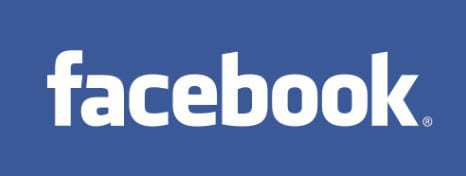
The Facebook Marketing Conference was held in New York City this weekend – the first of what will be an annual event – and made a number of new large announcements that targeted their brand/business page owners and that make it ever more clear that the social networking site cannot be ignored in mobile marketing.
Beginning March 30, 2012, all of the business pages at Facebook will have undergone their new timeline format conversion. However, business page administrators already have the ability to tinker with the new features in a “preview” mode, and can already publish the changes to their page into the timeline format ahead of that date.
Among the largest announcements is that custom apps won’t be featured on business landing pages anymore. This forces marketers to have to alter their strategies in order to leverage the new features at Facebook.
That said, there is now what is known as a “Reach Generator” which is designed to help to expose businesses to a larger audience. This may be very important to smaller businesses, which may struggle more with the lack of apps on their landing page than their larger equivalents.
Another feature that mobile marketers will find exceptionally appealing is called “Offers”. Here, the page admins can develop stories that include offers that can be redeemed by anyone who views it, regardless of whether or not they are a fan. This feature is free to business page owners for both creation and sharing.
Large businesses will likely take advantage of the Premium on Facebook feature. Though it is also open to smaller businesses, it is the large ones that are likely to capitalize on it the most. It allows business page owners to broaden their audience using ads on the right hand side and within the newsfeed of fans. They will be displayed for both desktop users, and mobile users who will see the adds as they log out of their account.
The new premium ads are already generating between 5 to 10 times more click-through activity and are seeing a return on investment that is three times larger than the previous version. The ads and stories are larger, more obvious, and more central to the user’s experience.
